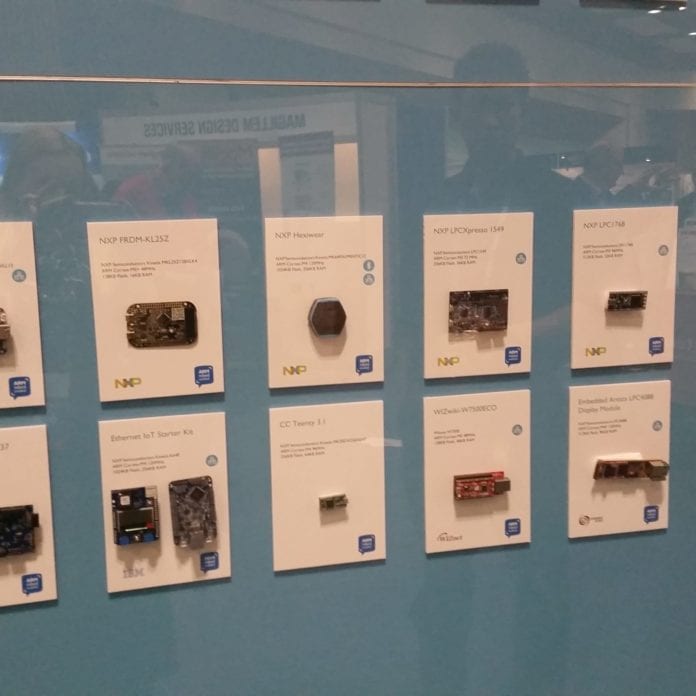What goes into making IoT devices successful?
RCR Wireless News spoke with Kailash Narayanan, VP and GM at Keysight Technologies, for his perspective on critical components for the success of “internet of things” devices in either the consumer or industrial spaces. According to Narayanan, the key considerations for IoT devices include:
Form factor
The wide variety of form factors for potential IoT devices is having an impact on a number of fronts, including IoT testing. While some devices, such as connected vehicles, are far larger than traditional wireless devices such as smartphones, tablets and laptops, many IoT applications call for small sensors. Wearables, for instance, generally offer a much smaller device without much real estate for antennas and chipsets.
Power consumption
“One of the biggest challenges is power consumption,” Narayanan said, noting that while smartphone and tablets are typically charged once per day, IoT devices may not have ready power sources and are often expected to go for years without requiring a battery change. Software or firmware updates to the devices could potentially drain their batteries, and the amount of communication the device has with the cloud has a direct impact on battery life. “If the network is down, [does the] device continue to poll the network? If it does, it’s draining the battery. These are things you have to consider,” Narayanan said.
Radio frequency design
RF design ties into form factor and power consumption as well, and it has particular impact in very small form factors, Narayanan said. IoT devices may need to be encased in plastic housings to ensure robustness in outside environments, which can be a challenge for RF propagation. In addition, he noted, “these devices have a tendency to be grouped with other devices so you have to think about coexistence and how immune the devices are to interference from other devices, and how effective they are in being good citizens in the network and not putting out spurious signals.”
Security
In light of the recent IoT-device-fueled distributed denial of service attack that brought down many popular websites and prompted a recall of some webcams and digital recorders, security is top-of-mind in IoT at the moment. While traditional computing assets probably resided on-site, now IoT devices will be located remotely yet still have access to an enterprise or carrier’s network – or to a connected car or home security system, Narayanan pointed out. In addition, low-power, low-data rate IoT devices may be very difficult to patch over-the-air if a problem is discovered – so the built-in security must be robust.
“That’s a big technological challenge to the industry,” Narayanan said. “But I think it is make-or-break – this industry may not take off it this problem isn’t figured out.”
Business case
Considerations in IoT don’t only mean technical and security challenges, Narayanan said, but questions surrounding how and why businesses want to leverage connectivity and what they hope to accomplish in order to achieve return on investment. The value from IoT is expected to come from the intelligence that can be extracted from the data produced by IoT devices – and it may take time for verticals to digest wireless technology at the right pace.
“Most companies in the IoT space actually are not hardware companies – the real value in IoT is monetizing the intelligence and the decision-making that goes on based on information supplied by these devices,” Narayanan said. “But [companies] still have to work with the hardware.” So many of the vertical-specific IoT applications, he added, are still being explored in terms of regulatory requirements and best practices. “The business model is what is critical to get the value in the industry, to create the value,” Narayanan said. “But you have to have a strong technical foundation to really do that.”
For more information on issues in IoT devices, download RCR Wireless News’ free special report on IoT testing.

